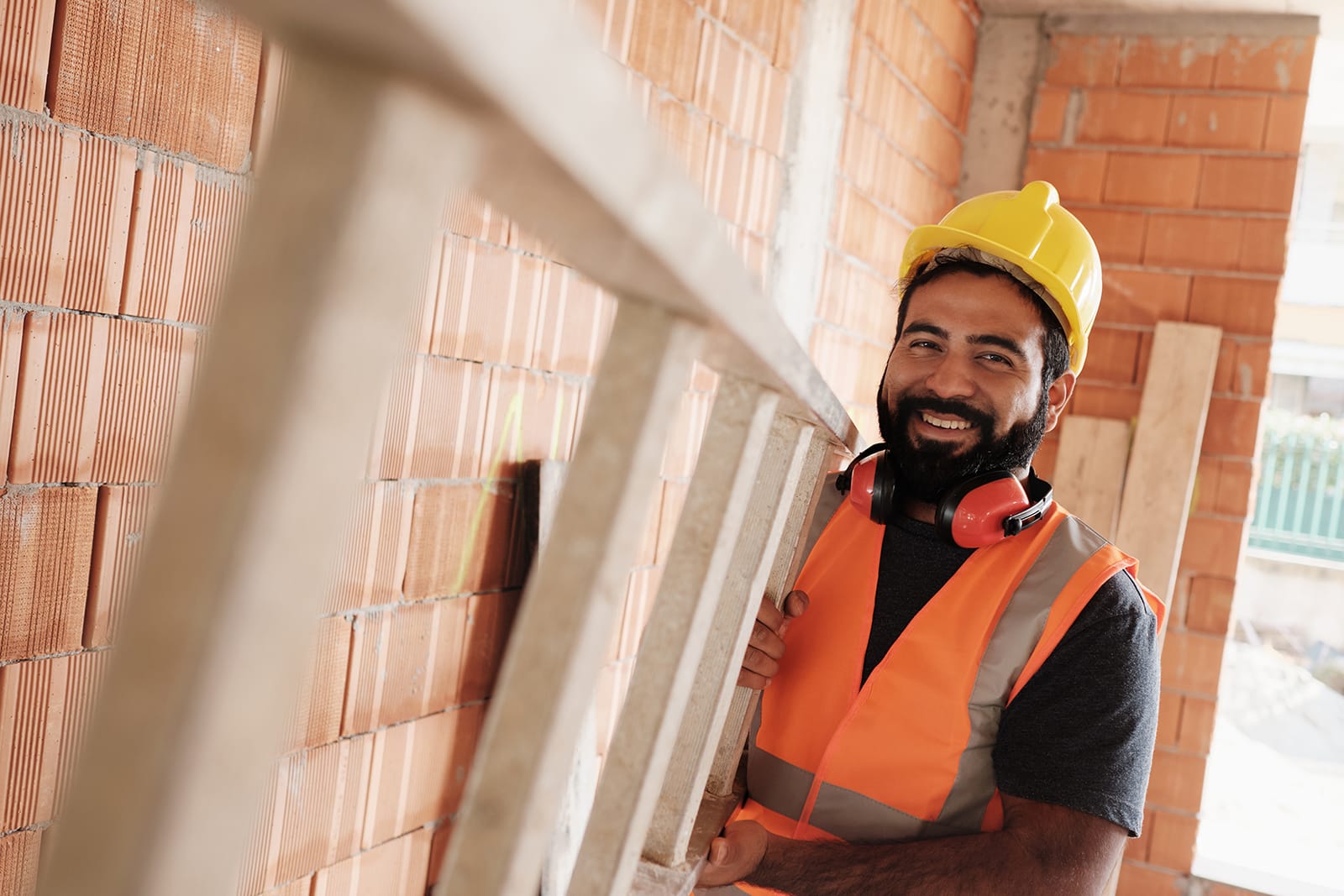Policy
Policies Hit Homebuilders Sooner, Harder Than Expected
Immigration enforcement and tariffs are no longer distant risks—they’re disrupting construction sites, labor pipelines, and supply chains. Private homebuilders, with limited capital buffers, are feeling the most pressure.

ICE Raids Send a Chill Through the Homebuilding Workforce
The early days of the Trump administration have already left a tangible mark on the homebuilding industry.
Reports from multiple sources confirm that Immigration and Customs Enforcement (ICE) agents have begun workplace raids targeting undocumented laborers, particularly at job sites and construction supply hubs where skilled tradespeople gather for daily assignments.
While these raids remain sporadic, their ripple effects have been immediate: laborers are going underground, skipping shifts, and avoiding the public eye for fear of detention.
A private homebuilder CEO recently shared that three separate Hispanic trade crews failed to show up for work on a single day. A full siding crew was reportedly detained in the parking lot of a building supply store. Whether or not these events escalate, the chilling effect is apparent and playing out in real time — construction timelines are slowing, uncertainty is rising, and workforce availability is becoming an acute concern for builders of all sizes.
Policy Risk Becomes Reality
For months, homebuilders acknowledged that potential labor disruptions were a risk of the new administration’s hardline immigration stance. But these risks have already materialized into operational challenges just weeks into the term. Historically, the homebuilding industry has relied on immigrant labor, with the National Association of Home Builders (NAHB) reporting that immigrants make up 31% of the U.S. residential construction workforce, including more than 60% of key trades like roofing and drywall installation.
The longer uncertainty lingers, the greater its impact on the construction cycle. One executive noted that some workers may return in a few weeks if enforcement cools down, but in the meantime, delays are mounting. For builders, particularly smaller private operators who rely on a more constrained labor pool, each delay translates into mounting costs and financial strain.
The Unseen Toll on Construction Timelines and Costs
Before these labor disruptions, homebuilding was already under stress. High mortgage rates and steep home prices have left many would-be buyers unable to afford new homes. Now, rising material costs and extended build times threaten to further widen the affordability gap.
- Tariffs on materials: The administration’s aggressive trade posture is fueling cost inflation for critical building materials. NAHB data shows that nearly 10% of the materials used in residential construction are imported, and a significant portion of that comes from tariff-exposed sources like Canada and China.
- Wolfe Research Private Builder Survey: Builders are already reporting that price increases tied to tariff uncertainties are forcing them to offer steeper incentives just to maintain sales momentum. The January 2025 Wolfe report noted that incentives rose to 4.8% of orders—up from 3.9% in October—yet even with discounts, 40% of surveyed builders were falling short of budgeted sales goals.
- Insurance volatility: Rising home insurance costs, particularly in storm-prone states like Florida and Texas, have added yet another affordability barrier. Many insurers have reduced coverage or left high-risk markets altogether, making it harder for buyers to secure financing and close deals.
Smaller Homebuilders Are Feeling the Greatest Squeeze
While national builders with deep capital reserves can absorb some of these shocks, smaller and mid-sized private builders face far greater vulnerability. With tighter lending conditions and fewer resources to withstand delays, they are disproportionately affected by each added cost and disruption.
- Lending challenges: The NAHB’s latest report on credit availability for builders shows that financing for land acquisition and development remains tight. The fourth quarter of 2024 marked the twelfth consecutive quarter of reported credit tightening. More than 70% of developers surveyed reported that lenders had lowered loan-to-value ratios, reducing the amount of capital available for new projects.
- Shrinking margins: Wolfe Research’s January 2025 survey found that gross margins for private homebuilders declined by 140 basis points month-over-month, reflecting the squeeze from higher material costs and slower absorption rates.
- Cycle time disruptions: Trade crews are avoiding work sites, so projects are taking longer to complete. One private builder estimated that a two-week disruption to early-stage framing and slab work could push entire delivery timelines back by a month or more, disrupting spring and summer sales seasons.
The Stakes for the Industry
The combination of labor shortages, cost inflation, and affordability constraints creates a dangerous equation for homebuilding businesses. Even if the administration’s enforcement actions moderate, the immediate impact is clear: the cost of doing business is rising, and the ability to complete projects on time and on budget is under siege.
While some builders remain hopeful that enforcement policies will settle into a more predictable pattern, the industry cannot afford to wait and see. Policy risks have become business risks, and for many private homebuilders, the ability to weather this storm is becoming a test of survival.
For now, the question remains: will builders find ways to adapt, or will the weight of these disruptions force further consolidation in an industry already under immense pressure?
MORE IN Policy
Texas Treads A New Path Into Zoning To Battle Housing Crisis
Texas is one of the nation's most active homebuilding states, yet affordability slips out of reach for millions. Lawmakers now aim to rewire the state’s zoning laws to boost supply, speed up approvals, and limit local obstruction. We unpack three key bills and the stakes behind them.
Together On Fixing Housing: Solve Two, Start the Rest
NAHB Chief Economist Robert Dietz and Lennar Mortgage President Laura Escobar argue that the housing crisis won’t be solved by magic. It starts with a unified focus on two or three priorities—a rallying cry for builders, developers, lenders, and policy-makers.
Zone Offense: North Carolina Moves To Fast-Track By Right Housing
North Carolina legislators are pushing a bipartisan bill that could fast-track housing where people need it most: near jobs and transit. Richard Lawson breaks down what it means, how it compares to other states’ moves, and why developers are watching closely.
